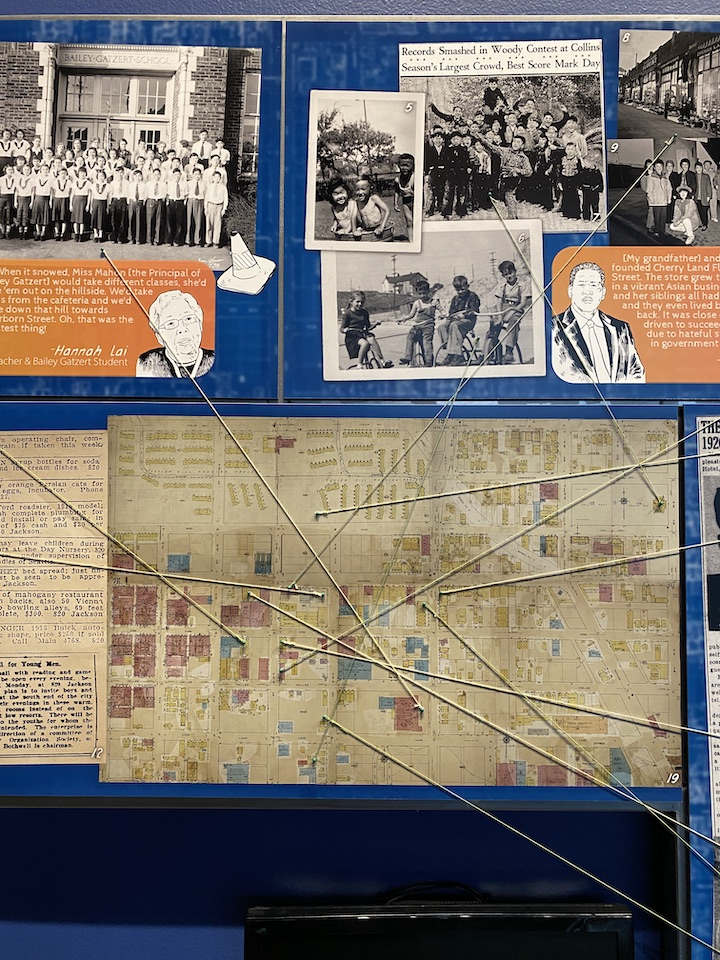Nobody Lives Here - Tessa Hulls at the Wing Luke Museum
Congratulations to Inscape tenant Tessa Hulls, whose new exhibit at the Wing Luke Museum tells the story of Seattle’s Chinatown-International District (C-ID) and the irreversible impact of I-5’s construction on the fabric of the neighborhood and local community.
Nobody Lives Here: The People in the Path of Progress opens to the public on Friday, April 7th, 2023 and will be on display through March 17, 2024. More information about this exhibit can be found at www.wingluke.org/exhibit-nobodyliveshere.
An opening reception and program for Wing Luke Museum members and special guests is scheduled for Saturday, April 8th, 2023 from 1 to 3 PM PDT.
Nobody Lives Here: The People in the Path of Progress tells the story of Seattle’s Chinatown-International District (C-ID) and the irreversible impact of I-5’s construction on the fabric of the neighborhood and local community. With the C-ID as the focal point, artist and writer Tessa Hulls examines broader patterns locally and nationally, dating back to the early 20th century when regrades and man-made waterways reshaped the landscape, through the national trend of urban renewal in the 1960s. Today the pattern continues: vulnerable communities are forced to pay the heavy price of demolition, displacement, and erasure in the pursuit of progress. The exhibit uses first-person accounts, archival materials including newspaper clippings and photographs, and Hulls’s original artwork to paint a vivid picture of life in the C-ID before the freeway cut the neighborhood in half, as well as community movements that arose in opposition. As with other impacted neighborhoods across the country, this is the story of what once was, what now is, and what could have been.
Hulls emphasizes that the C-ID story is a microcosm of something larger. “The story of I-5 slicing through the C-ID is like a fractal, a pattern that repeats itself at every level of magnification. Nobody Lives Here highlights both the damage and resilience of one unique neighborhood, then ripples outward to explore a broader history, where the people who are asked to shoulder the burdens of building towards the future, are not the ones who benefit from that future.”
To illustrate the scale of impact, the exhibit also invites visitors to step outside the walls of the museum to experience the full breadth of the story in relation to the neighborhood that exists today. With the I-5 freeway visible less than one block from the museum’s doorstep, the exhibit will also incorporate a digital interactive story map that guides visitors to locations that provide physical context for the written accounts and records.
The exhibit’s opening is timely in light of ongoing conversations and concerns about Sound Transit’s Link Light Rail Extension project, which could potentially place another new transit station in the immediate vicinity of the C-ID. “It’s really peculiar to say that you grew up in an area, and now it's under the I-5 exit of Dearborn. It almost sounds like you're homeless, you know, you live under the I-5 exit. To have it buried there, is really strange,” says author Larry Matsuda. “That same kind of thought is occurring today [with sighting] the light rail terminal – another one. No other area has two! They say it’ll increase business. I say, for 10 years of construction, you're going to kill the area.”


